On this page we list the minimum fish sizes for the most common species in the UK, together with any bag limits. Click on the names of the fish to read our species guide covering topics such as where to catch, when to catch, how to hunt and what equipment to use.
Note that any legislation prohibiting spearos from retaining species (such as the silver eel) overrides the minimum size requirement.
The IUCN (International Union for Conservation of Nature) status indicates the the extinction risk for the particular species, with those categorised LC (least concern), NT (near threatened) and CD (conservation dependent) at the lowest risk.

| Species | Minimum Length cm/inches | Notes |
|---|---|---|
| Seabass IUCN status: LC (despite catch limits) | 42cm/16½in | 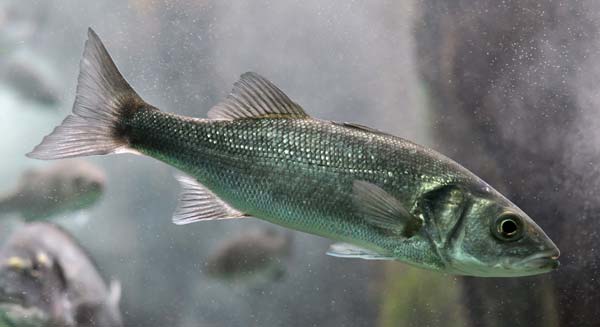 Credit: Citron, CC BY-SA 3.0 There is an outright ban on catching bass between December and March. From April to November, spearos can keep up to two bass per day (this is an increase from 2020 thanks to the EU Council of Ministers agreeing the new 2-fish limit). |
| Black Bream IUCN status: LC (alternatively click here for the guide to spearfishing gilthead bream) | 23cm/9½in | 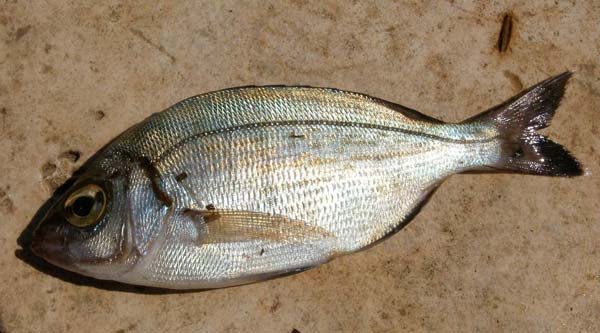 |
| Brill IUCN status: LC | 35cm/14in | 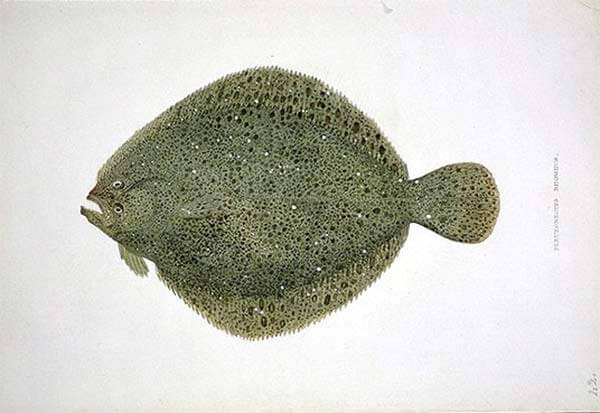 |
| Bull Huss (nursehound / large-spotted dogfish / greater spotted dogfish) IUCN status: NT | 58cm/23in |  |
| Coalfish (saithe) IUCN status: LC | 35cm/14in |  |
| Cod IUCN status:
| 35cm/14in |  |
| Conger Eel IUCN status: LC | 91cm/36in |  |
| Dab IUCN status: LC | 20cm/8in | 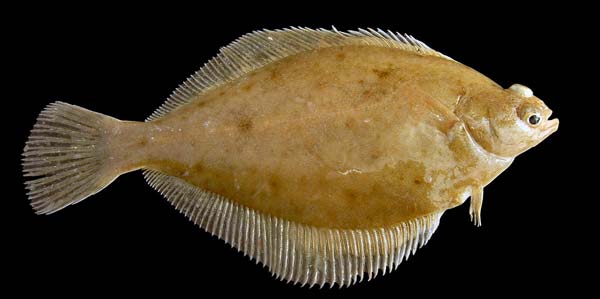 Credit: By Hans Hillewaert, CC BY-SA 4.0 |
| Dogfish (small-spotted catshark / sandy dogfish / lesser-spotted dogfish / rough-hound / morgay) IUCN status: LC | 38cm/15in |  Credit: By Hans Hillewaert, CC BY-SA 4.0 |
| Flounder (European Flounder / Fluke) IUCN status: LC | 27cm/10in |  Credit: By NOAA Ocean Exploration & Research from USA – Flounder, CC BY-SA 2.0 |
| Garfish (Garpike / Sea Needle) IUCN status: LC | 38cm/15in |  |
| Gurnard (Tub / Triglidae / Sea Robins) | 28cm/11in | 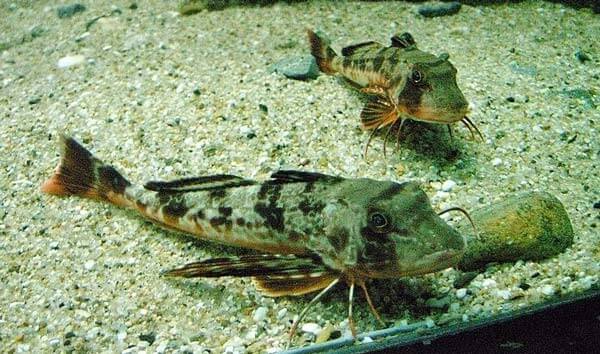 |
| Haddock IUCN status: VU | 30cm/12in |  |
| Halibut IUCN status: EN (endangered) | n/a | 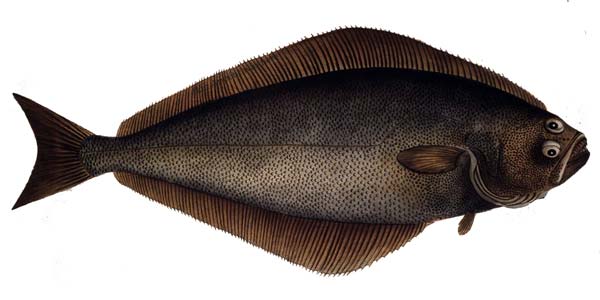 Credit: Wikipedia, CC BY-SA 4.0 NB: Likely to be protected by local bye-laws – release. |
| Hake | 30cm/12in |  |
| Herring | 20cm/8in |  |
| Ling IUCN status: Data deficient | 63cm/25in |  |
| Mackerel IUCN status: LC | 30cm/12in | 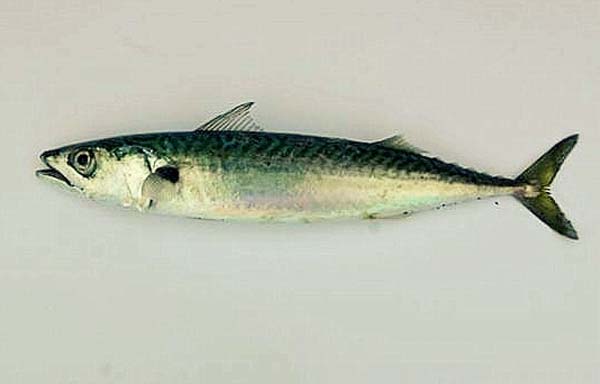 |
| Megrim | 25cm/10in | 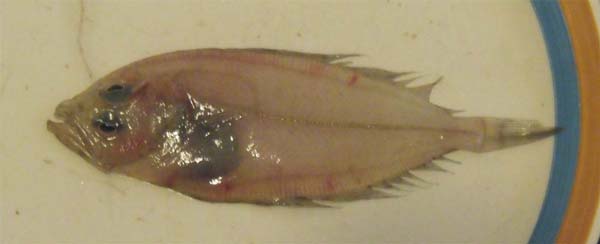 |
| Monkfish IUCN status: LC | n/a | 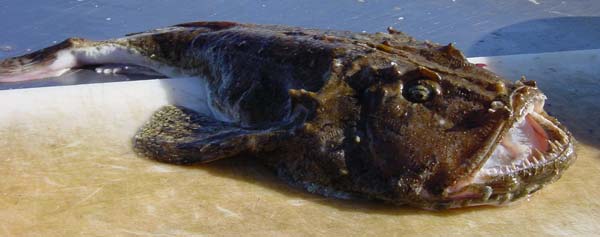 Credit: By User Meocrisis on de.wikipedia – made by Meocrisis, CC BY-SA 3.0 NB: Although IUCN status is LC, monkfish are likely to be protected by local by laws – release. |
| Mullet (thin lipped grey, thick lipped grey and golden grey) IUCN status:
| 33cm/13in | 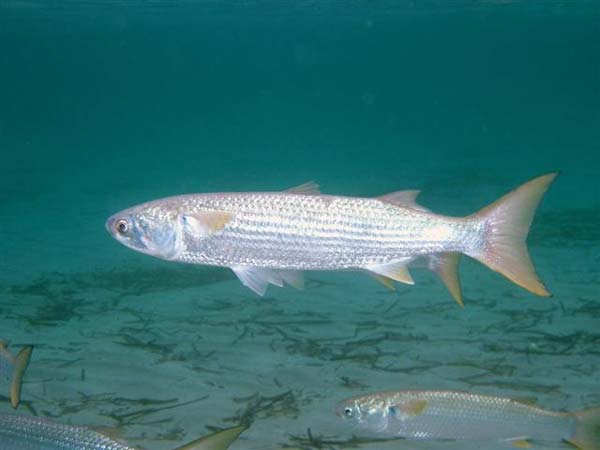 Credit: By Roberto Pillon – CC BY 3.0 |
| Mullet (Red) (Striped Mullet / Goatfish) IUCN status: LC | 20cm/8in |  Credit: By Hans Hillewaert, CC BY-SA 4.0 |
| Plaice IUCN status (European Plaice): LC | 28cm/11in |  Credit: By Hans Hillewaert, CC BY-SA 4.0 |
| Pollock (Lythe / Pollack / European Pollock) IUCN status: LC | 35cm/14in |  Credit: By Citron, CC BY-SA 3.0 |
| Poor Cod IUCN status: LC | 18cm/7½in | 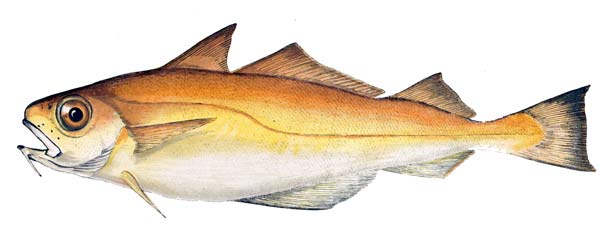 |
| Pouting IUCN status: Data deficient | 18cm/7½in |  Credit: CC BY-SA 3.0 |
| Rays and Skate IUCN status:
| 41cm/16in |  NB: Because many species are classed as near threatened or endangered, it is generally recommended that rays are caught and released. |
| Rockling (three bearded rockling / slug) IUCN status: LC | 18cm/7½in | 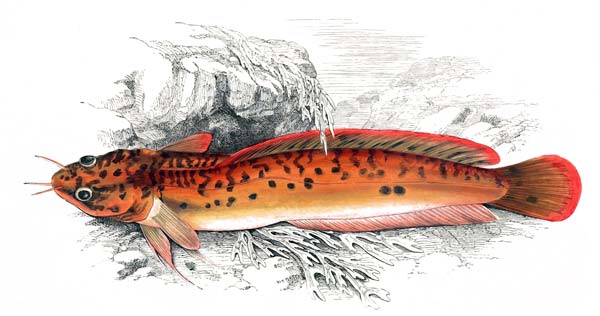 |
| Scad (Atlantic horse mackerel / European horse mackerel / common scad) IUCN status: VU | 25cm/10in |  |
| Silver Eel IUCN status: CR – Critically endangered Local and regional bans in place in many parts of the UK. Silver eels should be returned to the water. | 38cm/15in | 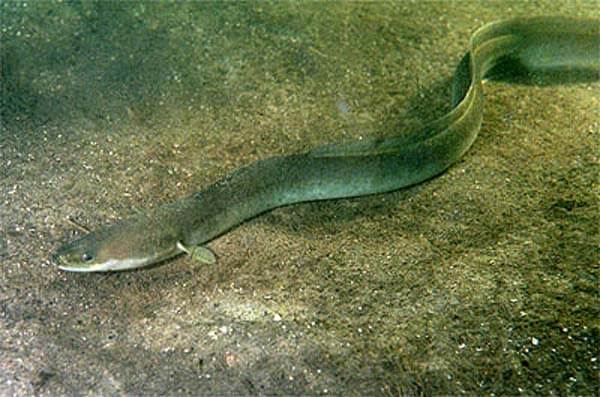 Credit: GerardM – CC BY-SA 3.0 |
| Skate IUCN status: CR – critically endangered Legislation requires that any skate caught must be released. | 41cm/16in |  |
| Sharks (all large shark species) | n/a | NB: Likely to be protected by local by-laws – release. |
| Sole IUCN status : unknown (data deficient)
| 25cm/10in | 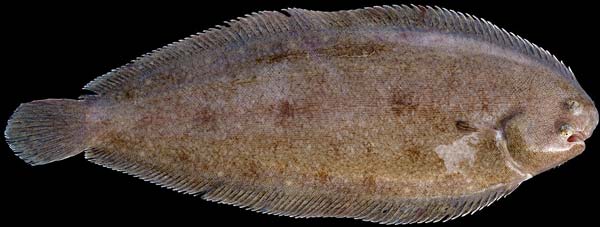 Dover Sole. Credit: By Hans Hillewaert, CC BY-SA 4.0
Lemon Sole. Credit: By Hans Hillewaert, CC BY-SA 4.0 |
| Smooth-hound (Gummy Shark / Common Smooth-hound / Smut / Smooth Dogfish) Sold as ‘Rock Salmon’ IUCN status: VU | 51cm/20in |  |
| Spurdog (Spiny Dogfish / Spiked Dogfish / Cape Shark / Piked Dogfish) IUCN status: VU | 58/23 |  NB: Due to a massive reduction in numbers in the UK, it is recommended that spurdog are released. |
| Tope (School Shark) IUCN status: VU | n/a | 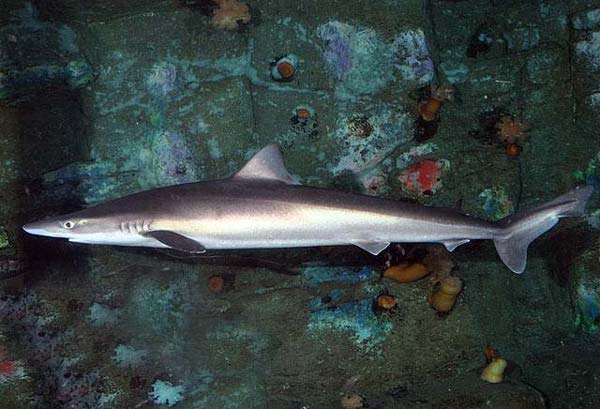 NB: Due to legislation, tope must be released alive. |
| Turbot IUCN status: NT
| 41cm/16in | 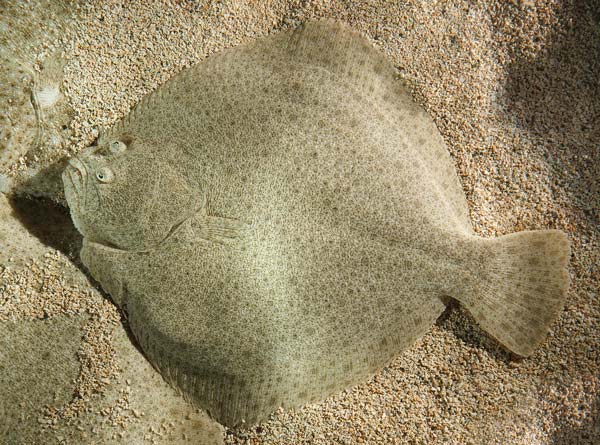 Credit: By I, Luc Viatour, CC BY-SA 3.0 |
| Whiting IUCN status: LC | 27cm/11in |  |
| Wrasse IUCN status: LC for all wrasse species listed here | 23cm/9in |  Above: Ballan Wrasse
Above: Cuckoo Wrasse – credit GFDL
Above: Corkwing Wrasse – credit NicoDesSables – Own work, CC BY-SA
Above: Goldsinny Wrasse |
| Unclassified | 20cm/8in | The size limit for all other fish and mini-species not listed here is 20cm / 8 inches. |
Every effort is made to ensure that the information on this page is accurate. However, no liability can be accepted for any errors or omissions. Please submit any corrections to enquiries@spearfishing.co.uk.




